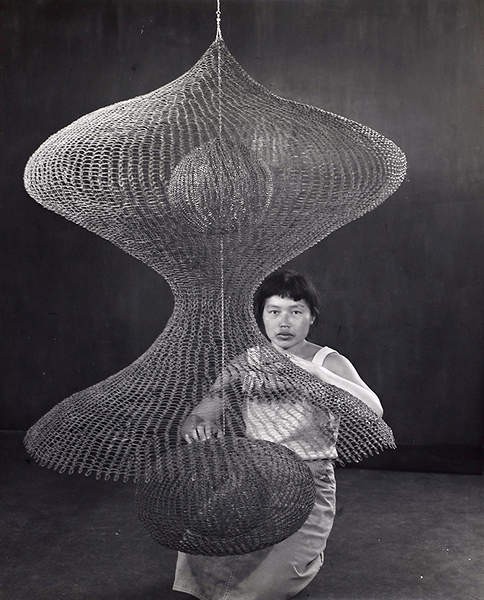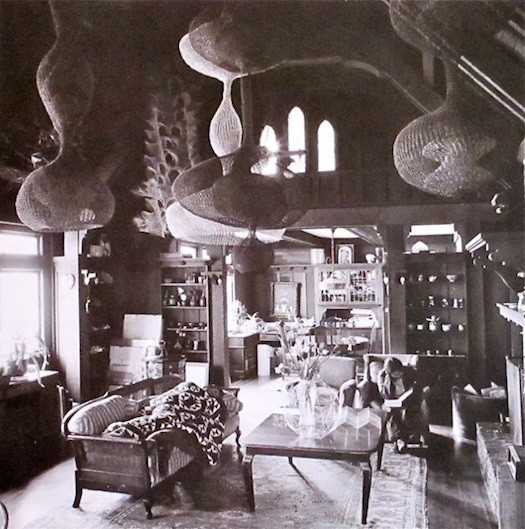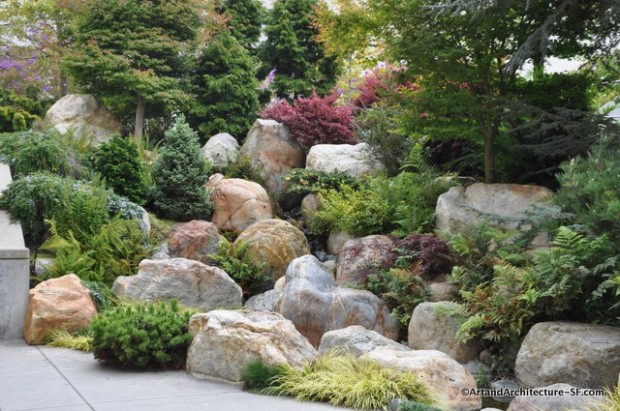Starting out her career manipulating wire structures and observing ways they interpret the space they’re within, Ruth Asawa was ahead of her time. Interestingly enough, the abstract figures that can be made from “croqueting” the wires was brought about by observing villagers making wire baskets in Mexico. Who knew?
As much as an activist as an artist, Asawa’s childhood weighed heavily on her works. The daughter of Japanese parents, Asawa was privy to discrimination due to her heritage and spent years at an Arkansas internment camp. From there, she went on to receive a scholarship to Black Mountain College, an “experimental” liberal arts college in North Carolina. Marrying Albert Lanier, the couple moved to San Francisco where they hope to live in a community “open” to the interracial couple. It’s here that Asawa’s work began to become recognized. In a field dominated by men, Asawa soon became the first Asian-American woman to receive acclaim in this discipline.
An activist also, one of things Asawa leaves us with is the “Garden of Remembrance” in San Francisco. The idea was to provide recognition to all the Japanese who spent time in countless internment camps along the west coast. Boulders from each of the 10 internment camps are present in the garden, along with some of Asawa’s large-scale installations.
Ruth Asawa started to “weave wire” after a trip to Mexico in 1947.

The young artist with a looped-wire sculpture, circa 1957. A beloved resident of the San Francisco Bay Area Community, the Fine Arts Museum carries more than 150 of Asawa’s works. Ms. Asawa’s pieces also adorn the “new” de Young Museum which opened in 2005… Asawa created a permanent installation which sits at the base of the tower and selected 15 of her most significant pieces to be displayed throughout.
Image courtesy of: Improvised Life, photographed by: Imogen Cunningham (a good friend of Asawa’s)

Asawa’s house was filled with her wire sculptures. Along with her husband, Albert Lanier, the couple vowed to always retain control over their designs. Heroic for sure, but this presented a precarious financial situation for the duo and their six children.
Image courtesy of: Improvised Life

The “Garden of Remembrance” was dedicated in 2002 to the 19 San Francisco State University students that were pulled out of their classes under military and government orders in 1942. An additional 120,000 Japanese residents suffered the same fate.
10 boulders (taken from 10 internment camps) throughout the garden symbolize the horrors suffered by Japanese American in the 1940’s.
Image courtesy of: Art and Architecture, San Francisco